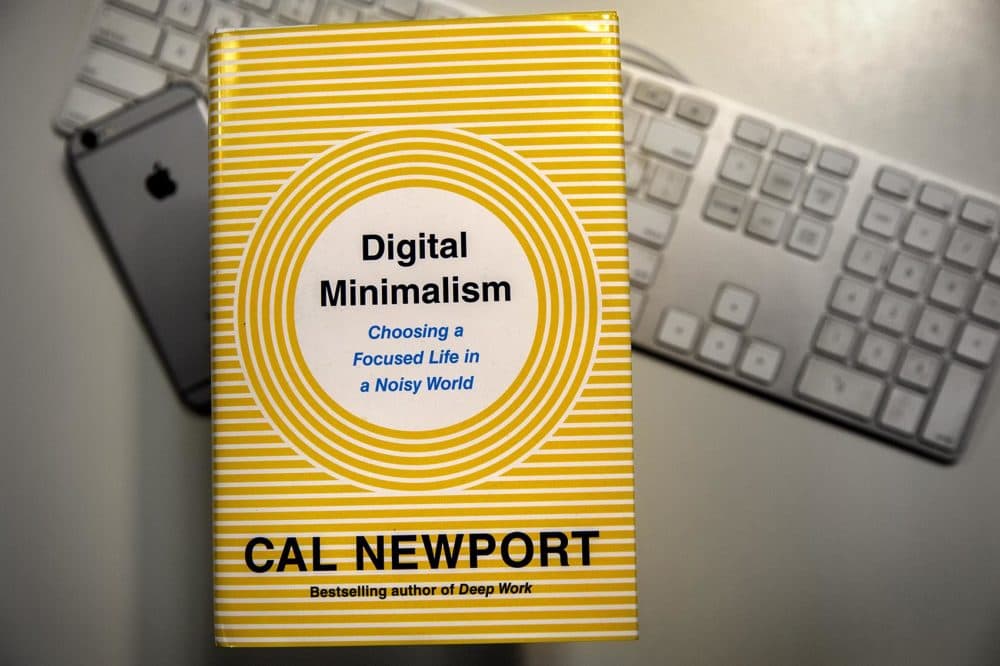
Digital Minimalism: Why Less Tech Can Lead to More Life
In an age where technology permeates every second of our lives, digital minimalism is emerging as a powerful philosophy. It’s not about rejecting technology, but rather using it intentionally. As our phones buzz with notifications and our inboxes overflow, many are beginning to ask: what if less tech could actually mean more life?
What Is Digital Minimalism?
Digital minimalism is a lifestyle approach that encourages reducing digital clutter and focusing only on technology that adds genuine value to your life. This concept was popularized by Cal Newport, a computer science professor and best-selling author. Newport argues that technology should serve as a tool, not a constant source of distraction.
The practice involves auditing your digital habits, cutting unnecessary apps or subscriptions, and establishing boundaries—like no phones during meals or turning off social media notifications.
Why Digital Overload Is a Real Problem
According to a Pew Research Center report, the average American spends more than 7 hours a day on digital devices. Prolonged screen time has been linked to anxiety, sleep disruption, and reduced attention span. Beyond personal health, digital overload can harm productivity, creativity, and even relationships.
Companies like Time Well Spent and movements like the “Center for Humane Technology” are challenging tech giants to create products that respect users’ time and attention, not hijack it.
Benefits of Embracing Digital Minimalism
Greater Focus and Productivity
When you’re not constantly checking your phone or toggling between apps, you create space for deep, uninterrupted work. Entrepreneurs like Nir Eyal emphasize the importance of “timeboxing” and minimizing distractions to boost performance and reduce mental fatigue.
Improved Mental Health
Reducing screen time can significantly lower stress and anxiety. Social media, in particular, has been shown to fuel comparison and feelings of inadequacy. By limiting your exposure, you allow yourself to reconnect with reality—and yourself.
Better Relationships
Presence is a rare gift in a world full of digital noise. Putting your phone away during conversations or family dinners sends a powerful message: the people around you matter more than the pixels on your screen.
Sleep and Physical Health
Blue light exposure before bed disrupts melatonin production, making it harder to fall and stay asleep. Many digital minimalists report better sleep quality and higher energy after adopting screen curfews and “tech-free zones” in the home.
Tools and Apps That Support a Minimal Digital Lifestyle
Ironically, the right technology can help you use less technology. Apps like Forest encourage focus by gamifying screen-free time. Others like Freedom and RescueTime track and limit your time online, helping you become more aware of your habits.
For digital decluttering, services like Unroll.Me help manage email subscriptions, while password managers such as LastPass simplify login routines so you’re not wasting time resetting passwords.
How Companies Are Responding
Even tech giants are starting to take note. Apple’s Screen Time and Google’s Digital Wellbeing dashboards allow users to monitor and limit app usage. Facebook and Instagram now offer “Your Time” features that track how long you’re scrolling.
Startups are also leading the charge. The minimalist phone company Light Phone offers devices designed to be used as little as possible—no social media, no email, just calls and texts. It’s a radical idea that’s gaining surprising traction_